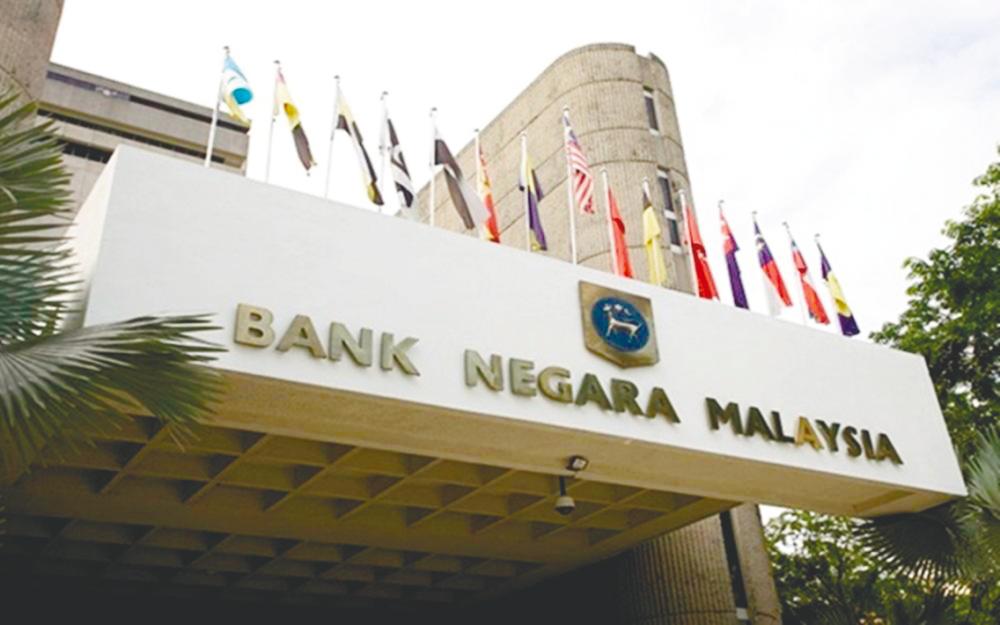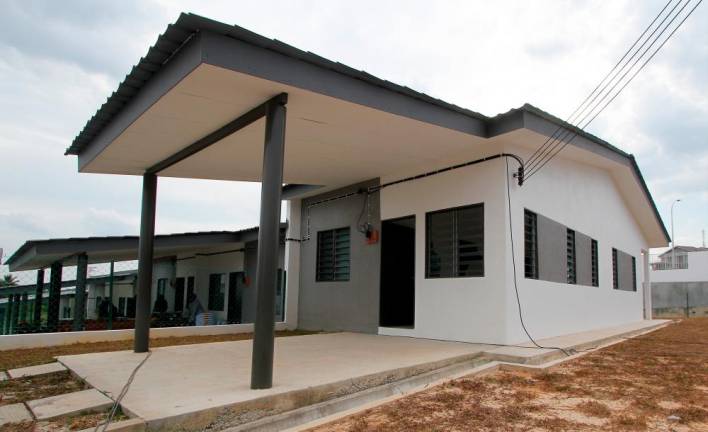WE delve into the reasons why Bank Negara Malaysia (BNM) could increase the Overnight Policy Rate (OPR) three more times in 2022.
1. Persistent global inflationary pressures have spilled over to Malaysia
Rising commodity costs have caused Asia’s inflation to skyrocket. With supply shortages aggravated by the Ukraine war, oil and food prices will continue to rise. In some countries including Malaysia, subsidies have kept fuel prices low, rendering inflation vulnerable to fiscal policy.
The reopening of economies is expected to drive the recovery of services sector worldwide. Rising demand from higher consumer confidence and accumulated savings after two years of lockdowns likely boost spending in the economy.
Although Malaysia is a net commodity exporter, rising commodity prices have reached a point where it is starting to etch into the government budget. As one of the major industrial suppliers, lockdown in certain provinces in China due to the zero-Covid policy has negatively impacted productions in other countries, with Malaysia is not an exception. Meanwhile, pent-up demand from regional reopening alongside the ongoing supply chain disruptions has worsened the situation further. With all the factors combined and ramped up, Malaysian are forced to bite the inflation bullet.
Malaysia’s Consumer Price Index (CPI) growth jumped to 2.8% year-on-year (y-o-y) in May 2022, beating market expectations of a 2.7% y-o-y growth. Excluding the most volatile items of fresh food and administered prices of goods and services including cooking oils, fuels and electricity, core inflation rose by 2.4% y-o-y in May 2022 while inflation without fuel escalated by 2.7% y-o-y. The rise in core inflation indicated a pass-through of higher costs to a broader swath of goods and services.
The high proportion of food in Malaysia’s CPI basket suggests that rising food costs have a disproportionate impact on households. Increasing food prices signal that the stress on household budgets from food is more than indicated by inflation statistics. Also, the transport inflation is sensitive to the higher oil price, which is currently controlled by RON95’s ceiling price at RM2.05 a litre.
In May 2022, Malaysia’s Producer Price Index (PPI) accelerated to 11.2% y-o-y contributed by higher manufacturing and mining indexes at 10.1% and 20.6% y-o-y respectively. Apparently, the increase in Malaysia’s PPI shows manufacturers are facing tightening supply issues which led to higher costs, which could translate into an upsurge of prices to end consumers.
2. Gradual reduction or removal of government subsidies to lead to further cost push inflation
Although the inflation rate in May seems manageable as seen in the recent data, we don’t think the relatively inferior inflation rate in Malaysia could be persistent. At this juncture, government subsidies serve as the main contributor to cushion inflationary pressures in Malaysia.
However, is the Malaysian government capable to cope with the rapid pace of inflation? In recent months, we heard the government has changed its tone towards more concentrated and targeted subsidies instead of a blanket subsidy system.
The relatively low inflation rate in Malaysia was aided by government accommodative measures, yet these countermeasures have limits, with Malaysia’s debt-to-GDP hovering around 68.4%, the highest since 1991 and an elevated debt proportion. Moving forward, we believe the subsidies would be reduced or removed gradually under the assumption that the global situation is going to remain (or even worsen). That said, we suggest the low inflation in Malaysia wouldn’t last long and it could surprise investors just around the corner.
3. Prolonged negative real interest rates to force BNM to react
The real interest rate in Malaysia, which is the nominal interest rate minus the inflation rate, has been in negative territory since 2021. Prolonged negative real interest rate is detrimental to the economy as inflation erodes savings and diminish the purchasing power of consumers. As such, it is imperative that BNM take proactive measures to reverse the negative real interest rate environment.
4. Narrowing interest rate differential another cause for concern to BNM
Year-to-date, we have witnessed the strong appreciation of the US dollar as the US Fed embarked on more aggressive rate hikes compared to the rest of the world. At the same time, Malaysia’s foreign reserves have dropped 6.0% to US$109.2 billion as of June 15, 2022.
We believe that BNM has dipped into its foreign reserves to support the ringgit in the recent months as the US dollar-ringgit has hovered around the same level since May whereas the Dollar Index has appreciated further.
Most recently, the Fed surprised markets by announcing a 0.75% hike at its June policy meeting (the biggest increase since 1994). Hence, we think that the onus is now on BNM to move accordingly to counter the negative impacts of the narrowing interest rate differential.
Hence, BNM could hike OPR three more times in 2022
BNM has signalled its positive view on the rejuvenating economy which is supported by the easing of movement restrictions and reopening of international borders. Hence, we think there is room for BNM to normalise the monetary policy after two years of loosening.
We believe that BNM does not wish to make the same mistake as the Fed did – by hiking rates too slowly and letting inflation spiral out of control. BNM has shown during the last MPC meeting in May that they are willing to take proactive steps ahead of consensus expectations.
Taking all of the above into account, we project there will be three more hikes (75 basis points) to the interest rate during the remaining monetary policy neetings this year.
This article is contributed by the iFast research team.














